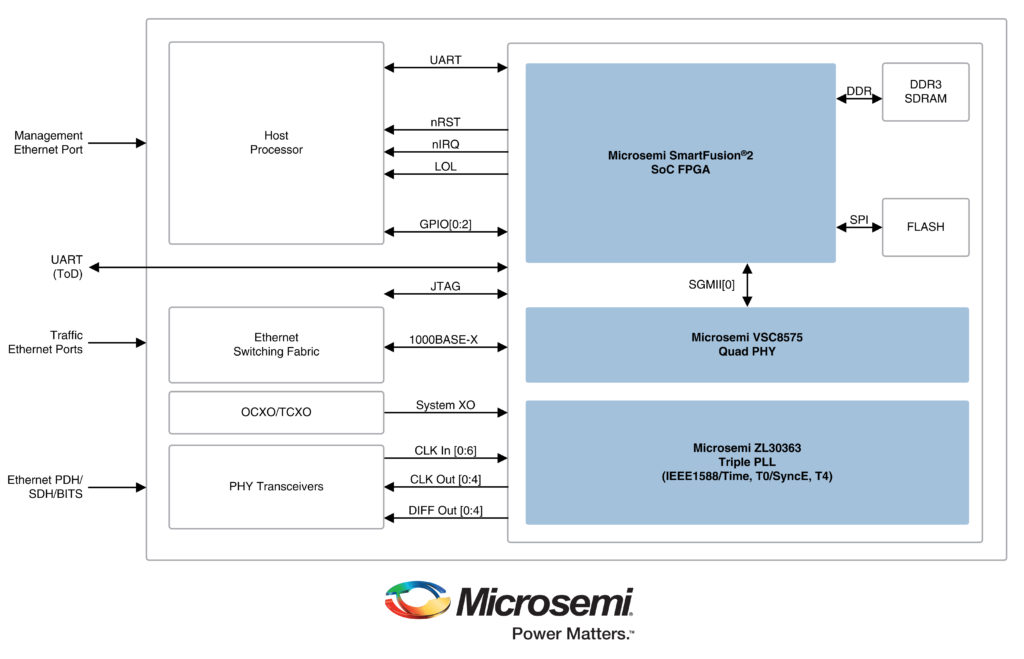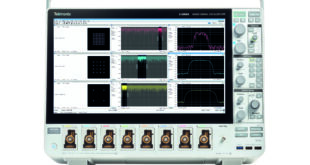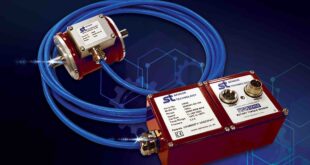 According to a 2017 GNSS Market Report, issue 5, the timing capability offered by satellite navigation systems is at the core of most vital infrastructures; telecom networks operation, energy distribution, financial transactions and TV broadcast are some examples of areas where a global navigation satellite system (GNSS) is used for timing or synchronisation purposes.
According to a 2017 GNSS Market Report, issue 5, the timing capability offered by satellite navigation systems is at the core of most vital infrastructures; telecom networks operation, energy distribution, financial transactions and TV broadcast are some examples of areas where a global navigation satellite system (GNSS) is used for timing or synchronisation purposes.
The annual shipments of GNSS devices used in the timing and synchronisation market will exceed 300,000 units in 2017 and are expected to grow at a compound annual growth rate (CAGR) of 5.3%over 2017-2025.
Now Microsemi Corporation announces the availability of a new IEEE 1588 timing synchronisation module, offering a complete self-contained platform for customers to implement IEEE 1588 network timing client protocols.
The solution, which consists of hardware, firmware and software, combines best-in-class capabilities from Microsemi’s broad product portfolios by leveraging the company’s SmartFusion2 system-on-chip (SoC) field programmable gate array (FPGA), ZL30363 IEEE 1588 phase-locked loop (PLL) and VSC8575 Ethernet PHY devices.
Said Maamoun Abou Seido, vice president and business unit manager of Microsemi‘s timing products: “This new self-contained complete turn-key solution brings together Microsemi’s digital PLLs, highly accurate IEEE1588 synchronisation algorithms and time stamping PHY devices with our ultralow power programmable SoCs to offer customers fast time to market.”
Microsemi’s new IEEE 1588 timing synchronisation module streamlines customers’ developments to add synchronisation network timing to their designs, simplifies the sourcing process and reduces development time while providing an easy integration.The module also includes drivers, servos/algorithm firmware, IEEE 1588 Precision Time Protocol (PTP) stack software, a user guide and reference board schematics to deliver a fully tested chip-set solution from a trusted tier-one vendor.
“Our differentiated programmable solutions portfolio, including the SmartFusion2 SoC and PolarFire FPGA, is gaining rapid acceptance in the communications and industrial infrastructure market,” said Bruce Weyer, vice president and business unit manager for programmable devices at Microsemi.
“This tightly integrated solution with our class-leading timing and PHY components will further increase our momentum in these markets where highly accurate timing synchronisation is becoming a clear requirement.”
The IEEE 1588 timing synchronisation module blends Microsemi’s expertise in nanosecond-level accurate timestamping for IEEE 1588 via the VSC8575 Ethernet PHY; embedded IEEE 1588 protocol engine and servo via its SmartFusion2 SoC FPGA host processor; and high precision clock generation, holdover and reference switching via its ZL30363 system synchroniser.
The solution is addressed via a command line interface to minimise software integration efforts.
The combination of these capabilities makes the new solution ideal for applications within the industrial networking, smart grids, communications, defence and data centre markets.
Depending on the applications holdover and reliability requirements, either an XO, TCXO or OCXO can be used to provide holdover supported by the IEEE 1588 timing synchronisation module.
Microsemi’s new IEEE 1588 timing synchronisation module is designed specifically for such applications, which require much more precise timing, including base stations and small cell markets for 5G, 4G, 4G LTE, LTE-Advanced, microwave and millimetre wave based fixed wireless networks, smart grids and secure edge networks.Other key features of Microsemi’s new IEEE 1588 timing synchronisation module include:
* High accuracy timestamping of less than 4 nanoseconds
* Frequency and phase synchronisation
* Holdover with initial accuracy of <1ppb and long-term holdover of 1.5µs over 24 hours using the appropriate performance OCXO
* Hitless reference switching
* Precision frequency and phase control
* Multiple profiles, including IEEE 1588-2008 Annex J.3 End-to-End
* IEEE 1588-2008 Annex J.4 Peer-to-Peer
* IEEE C37.238-2011 Power Profile
* ITU-T G.8275.1 Telecom Profile for Phase
* ITU-T G.8265.1 Telecom Profile for Frequency.
 Engineer News Network The ultimate online news and information resource for today’s engineer
Engineer News Network The ultimate online news and information resource for today’s engineer





